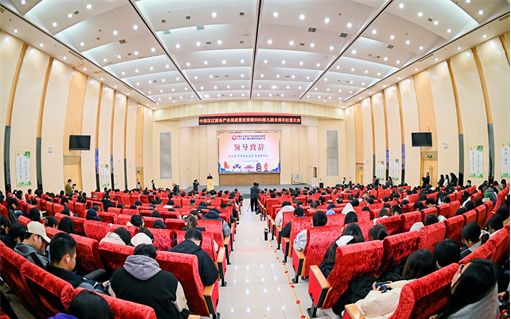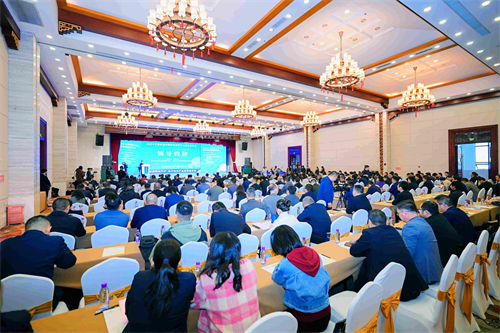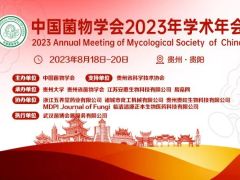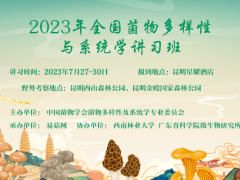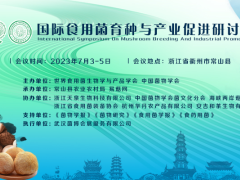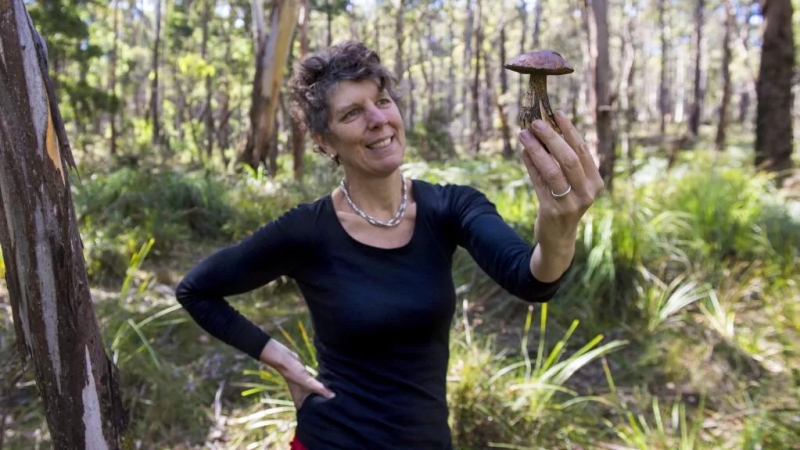
IN THE stillness of the Wombat State Forest, autumn sunshine glints through the forest canopy and dapples the gum trees with light, warming the crisp morning air.
This enchanted wood is a wonderland of greens and browns — but it’s the teeming life below our feet that excites Alison Pouliot, environmental photographer and natural historian.
Where the casual observer sees greens and browns, Alison sees fungi and its mysterious ecosystem, spreading below and beyond the mushrooms that stand to indicate its presence. And it’s a world she loves.
“I just think it’s an amazing privilege to spend my days working in the fresh air,” she enthuses.
From her Trentham base, Alison runs workshops and seminars on fungi, and photographing the natural world.
You might assume this is
just another foraging foray, but Alison’s scientific background gives these sessions a far broader relevance.
Attendees range from chefs who are concerned with matters of edibility to farmers who want to understand how fungi can affect soil structure.
“Farmers spend a fortune on fertiliser and irrigation, so they want to know what fungi can do,” Alison says.
“They do want to look after their soil. I think, ‘Where is their area of interest and how do I find the conduit?’.
“I found that most people respond to a story underpinned by science.
“If you give it relevance and context, people connect with it.”
The above-ground mushroom that you see is only a small part
of the fungi network, which can extend a tree’s capacity to glean water.
In fact, 95 per cent of plants form a symbiotic relationship with fungi.
“We just see the fruit but if you scratch around in the soil you’ll see mycelium — the white stuff that latches on and extends the tree’s root system,” she says.
“It can get way more water, way more nutrients, and in return the tree gives the fungus a feed of sugars.
“It’s a two-way relationship.”
Alison’s career as an ecologist took her via various government departments, including fisheries, before her love of photography was reawakened — having worked in a photographic shop as a teenager.
Having realised where her passion lay, she ran her first workshop in 2000 and now runs sessions in forests across Victoria and beyond, dividing her time between Australia and Switzerland.
Where others follow the sun, Alison follows the fungi: she heads to Europe each year for the northern hemisphere autumn and runs sessions there.
Alison grew up in Melbourne but was born in Tasmania. Appropriately, she is inspired by Tasmanian photographers such as Peter Dombrovskis, who galvanised the Green movement in the state.
It was Rock Island Bend, Dombrovskis’s striking image of the Franklin River, that appeared in an advert during the 1983 federal election campaign with the caption: “Would you vote for a party that would destroy this?”
The image stopped the Franklin River from being dammed for hydro-electric power, and as Alison puts it, was the beginning of ecological consciousness.
But to stereotype Alison as some kind of eco-warrior would be grossly unfair — her mission is simply to engender her passion for fungi and its importance in the building blocks of our ecosystem.
HER authority is evident in the upcoming release of a book in September, The Allure of Fungi, published by CSIRO, which views fungi through various perspectives: mycologists and ecologists, foragers, farmers, artists and traditional owners.
Obviously part of the appeal of mastering mushrooms is being able to forage for the table, but the quick answer on mushroom safety is: don’t eat any without expert opinion.
For instance, the innocuous-looking but forebodingly named death cap (Amanita phalloides): just a small part could be fatal, as it attacks your kidney and liver.
But Alison implores us to keep things in perspective — death caps are just one of many mushrooms — and take the simple precaution of washing your hands thoroughly after handling wild mushrooms.
Fungi can be quite the stealthy killers for other organisms: she points to a fungi that has “parasitised” a caterpillar that moved a bit too slowly for its own good. But the desiccated remains of the grub will break down and become part of the soil’s life cycle.
So, Alison says, if we see mushrooms sprouting from the lawn after rain: “Be really happy and leave them be. That mycelium puts architecture into the soil, it puts scaffolding in, and creates space between dirt particles. If you don’t have fungi, the soil gets compacted and then the water just runs off.”
Alison succeeds in conveying her informative message with enthusiasm and photography, appealing “to the heart, not the head, and trying to capture the bit that enchants rather than informs”.
Alison is clearly someone who loves her work, and the greater good it can lead to.
“If people can appreciate nature that little bit more, if they can say I’m never going to look at this forest in the same way, I’m thrilled,” she says.










